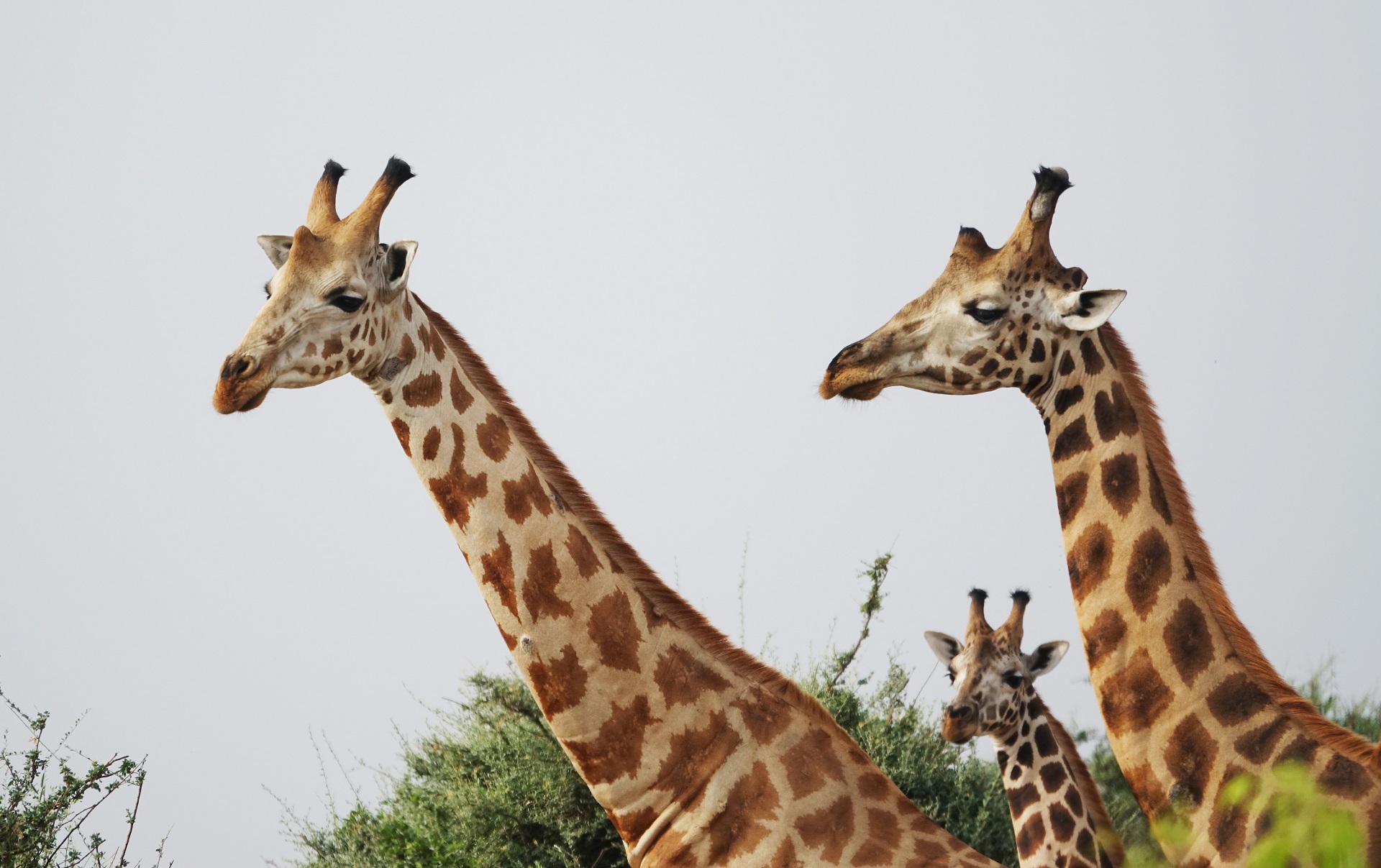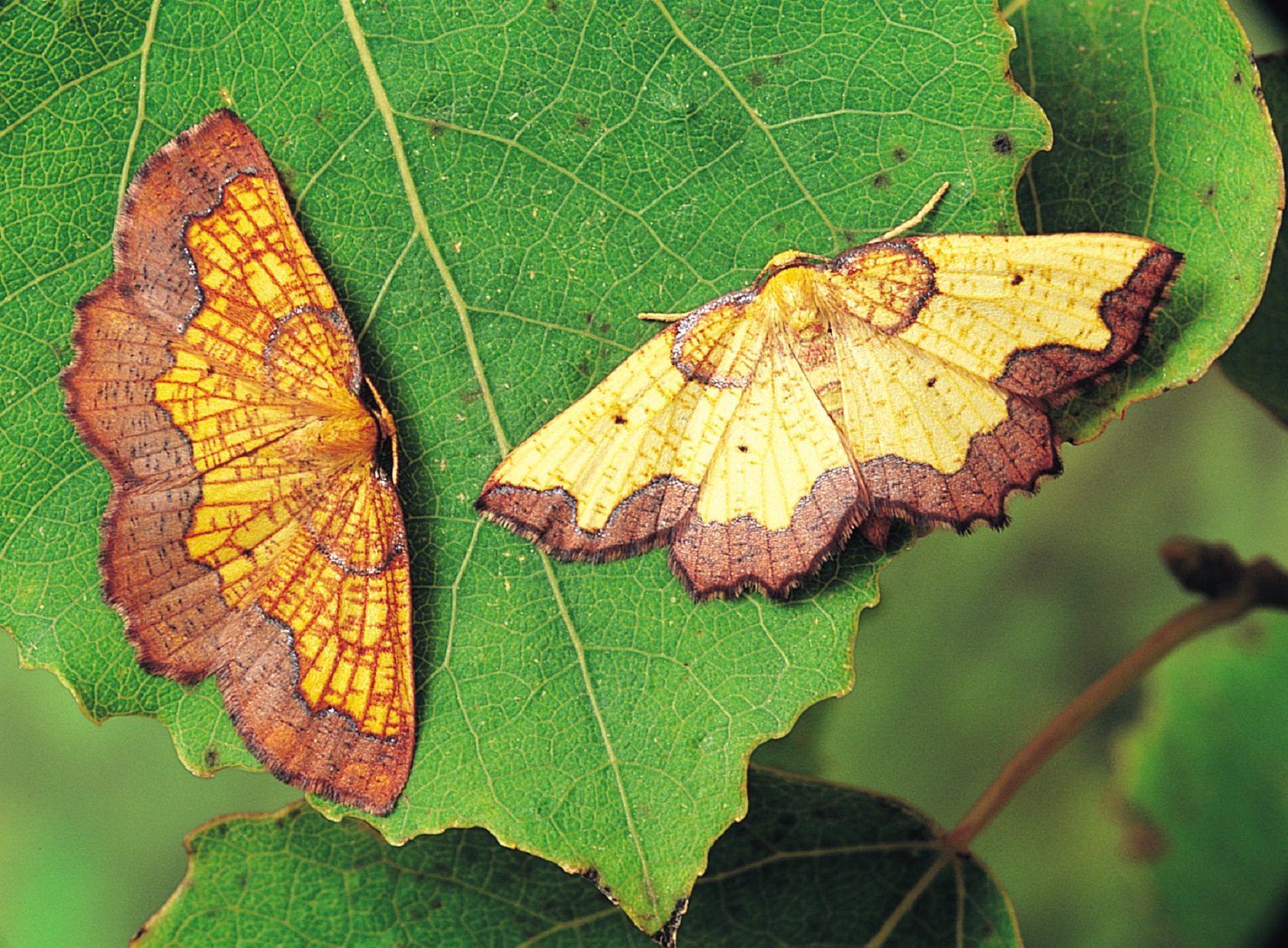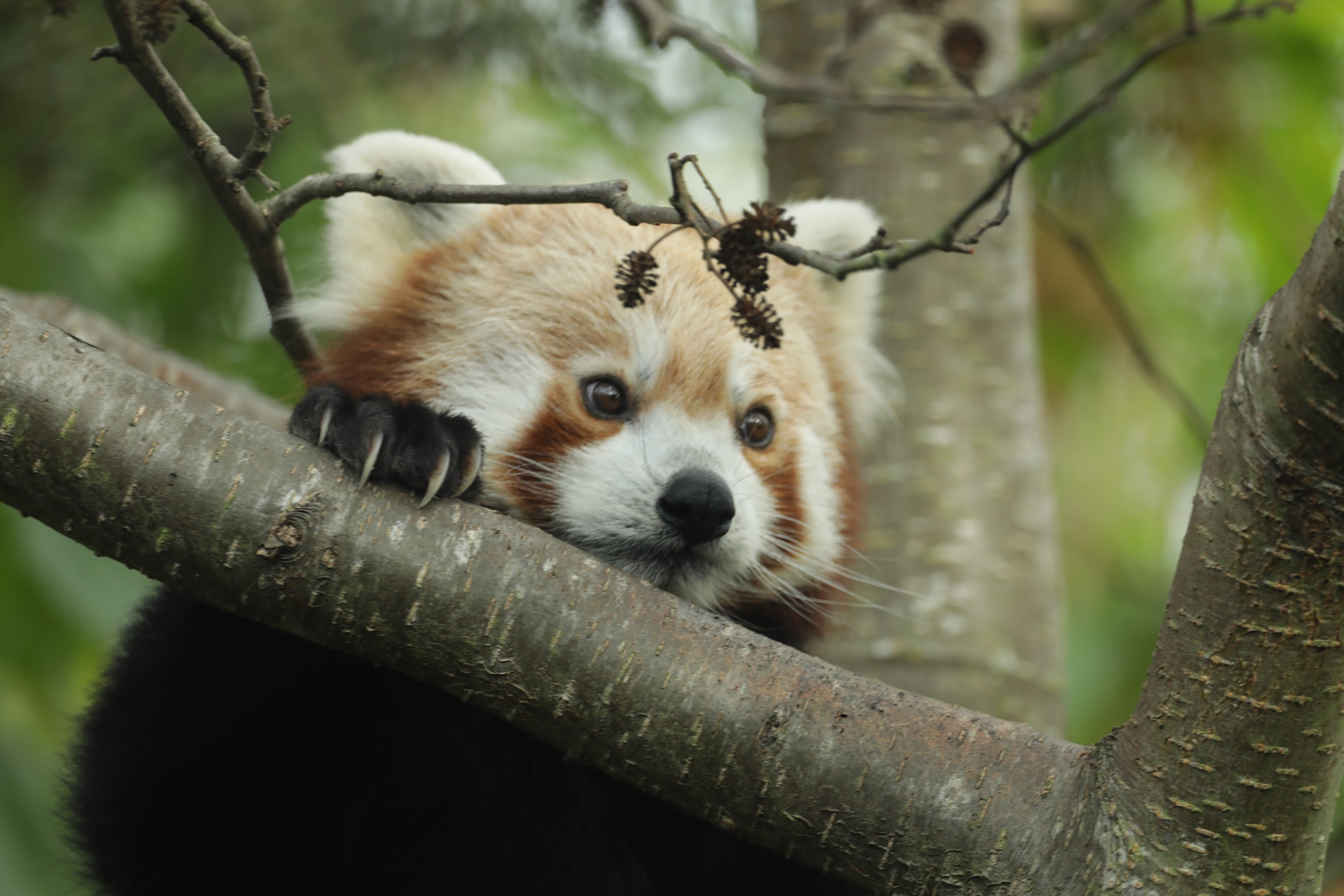Eurasian capercaillie
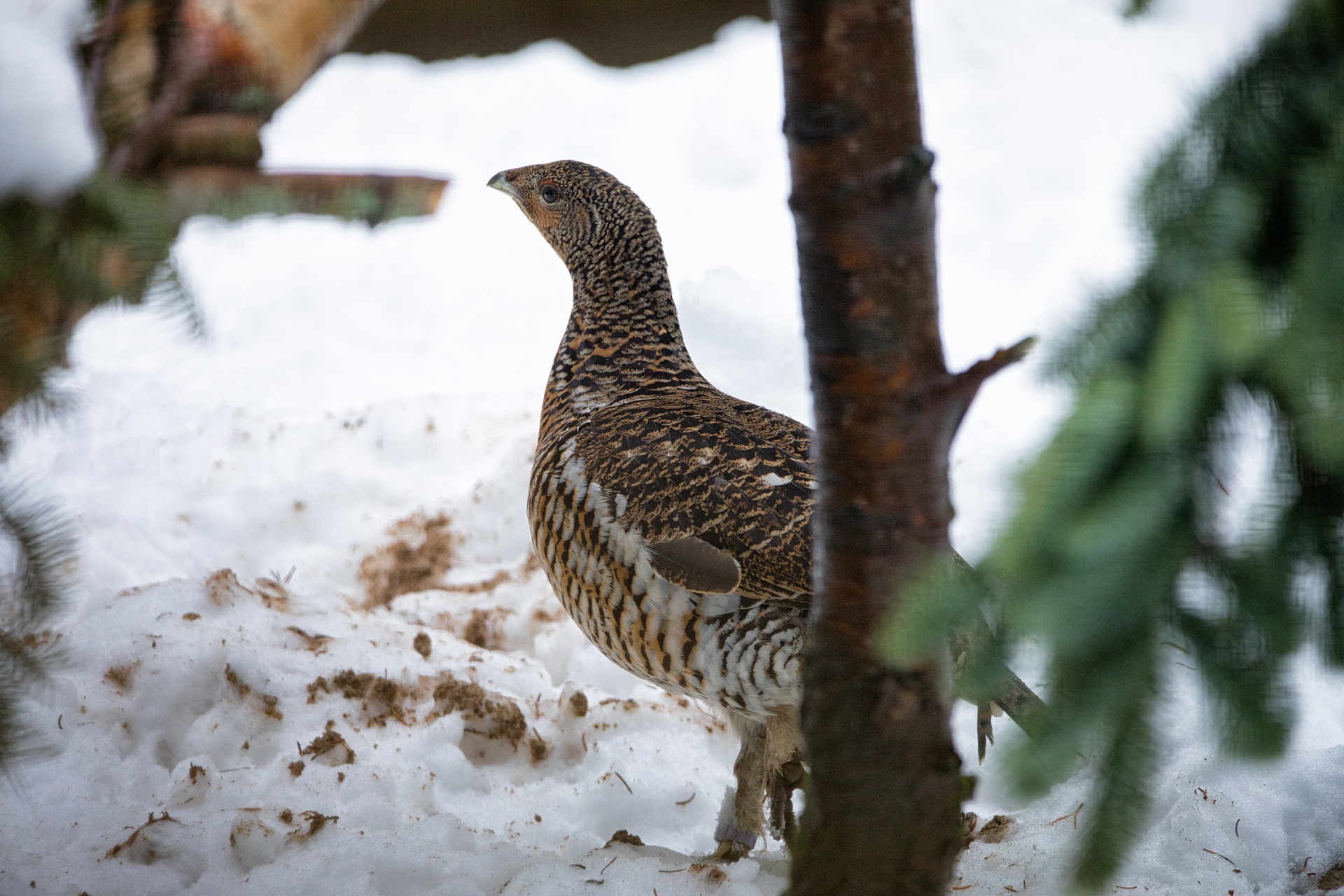
Monitoring populations of elusive forest-dwelling species can present a number of challenges, particularly when population sizes are small because the species is under threat. However, using DNA analysis conservationists can try to estimate the number of animals in a population, keep track of populations over time, determine the sex and family relatedness of animals, and understand how connected different populations are.
Eurasian capercaillie (Tetrao urogallus) were driven to extinction in the UK by hunting and habitat loss. The species was reintroduced in the 19th century, but today has a limited distribution across Scotland.
These huge birds, the largest species of grouse in the world, have suffered a 90% decline since the mid-1970’s and it's possible that there are now fewer than 600 capercaillie left in the UK. Their last stronghold in Scotland is in the Cairngorms National Park, which is home to over 80% of the UK population.
The RZSS WildGenes team are assisting the work to conserve this iconic Scottish species. Thanks to the support of National Lottery players, the Cairngorms Capercaillie Project (CCP) is working with local communities in the Cairngorms National Park on a variety of initiatives to help secure the long-term future of capercaillie in the UK.
The RZSS WildGenes team are providing information on the genetic status of capercaillie in Scotland and other European countries (where there are larger populations) to help with conservation decision-making for this species.
Our Partners and Funders
Project type

Conservation genetics
The team
Project updates
Date: October 2024
The Scottish capercaillie population is in drastic decline and we are keen to aid in its recovery. We are delighted to see the Capercaillie Emergency Plan published recently by Cairngorms National Park Authority and NatureScot.
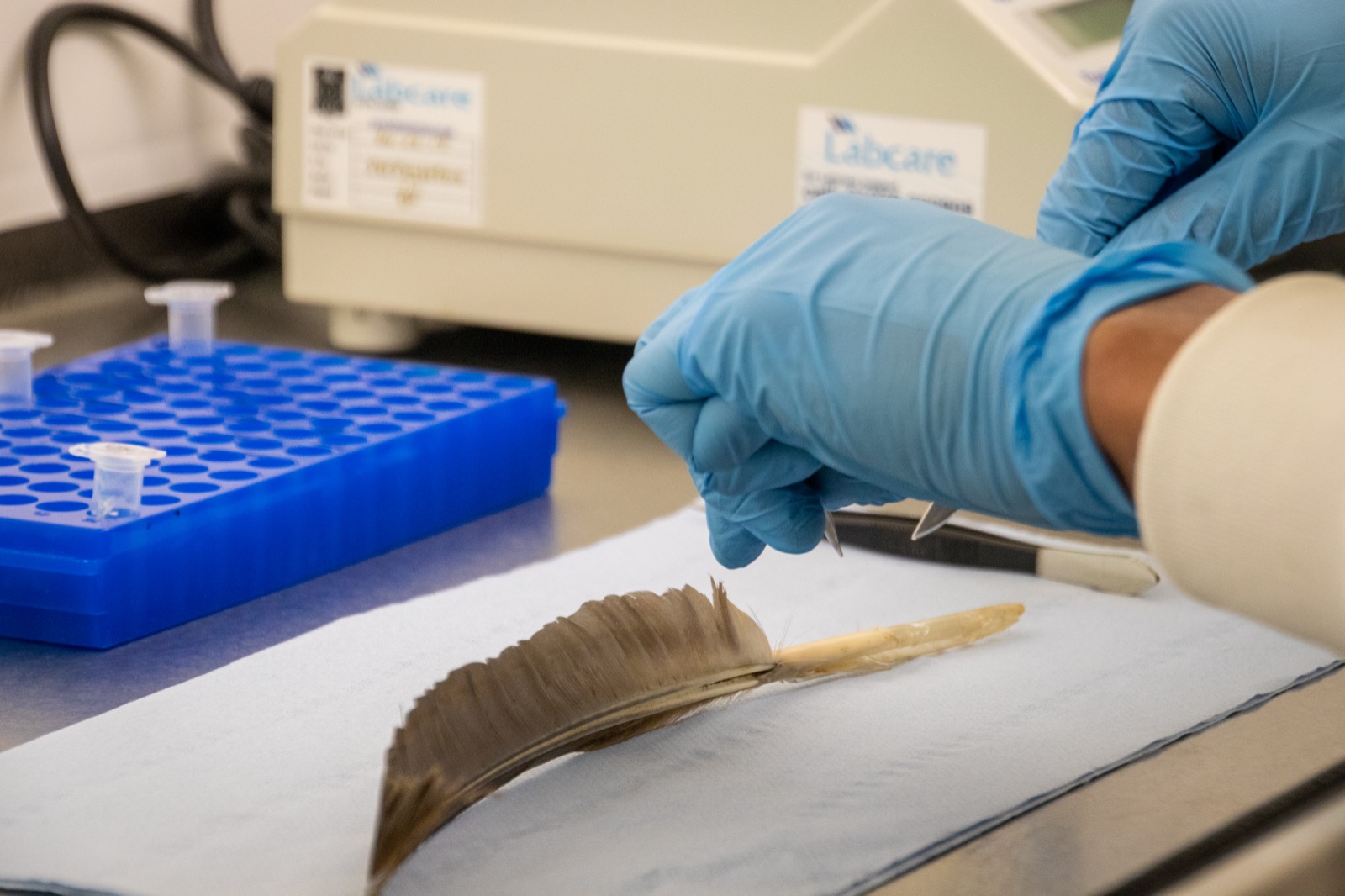
Related news
Ways you can support
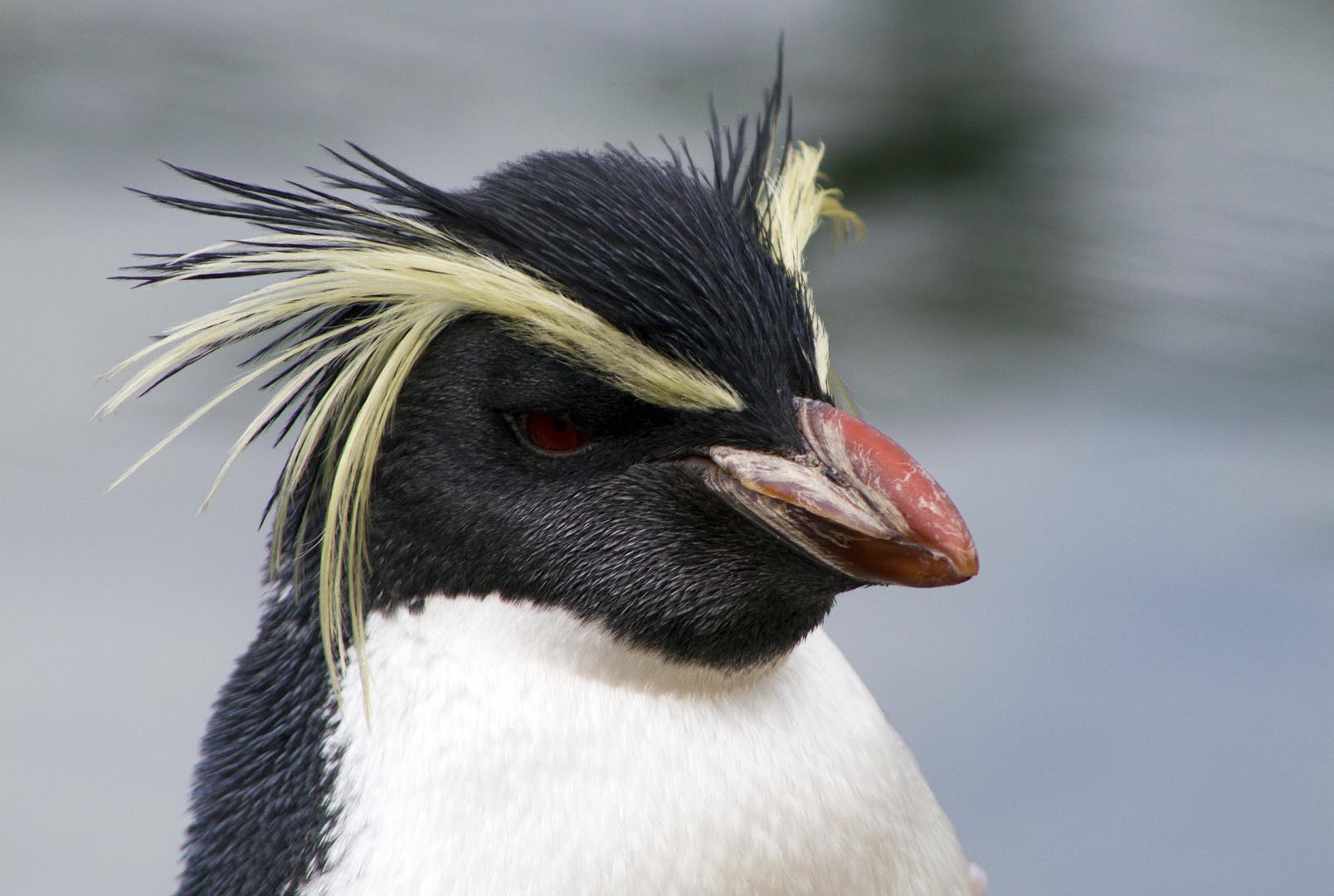
Become a Conservation Champion
Conservation Champions are helping to save 50 of the world's most endangered species from extinction. Give from £1 a week to £1 a day and join a growing group of caring people like you, committed to saving animals in danger.
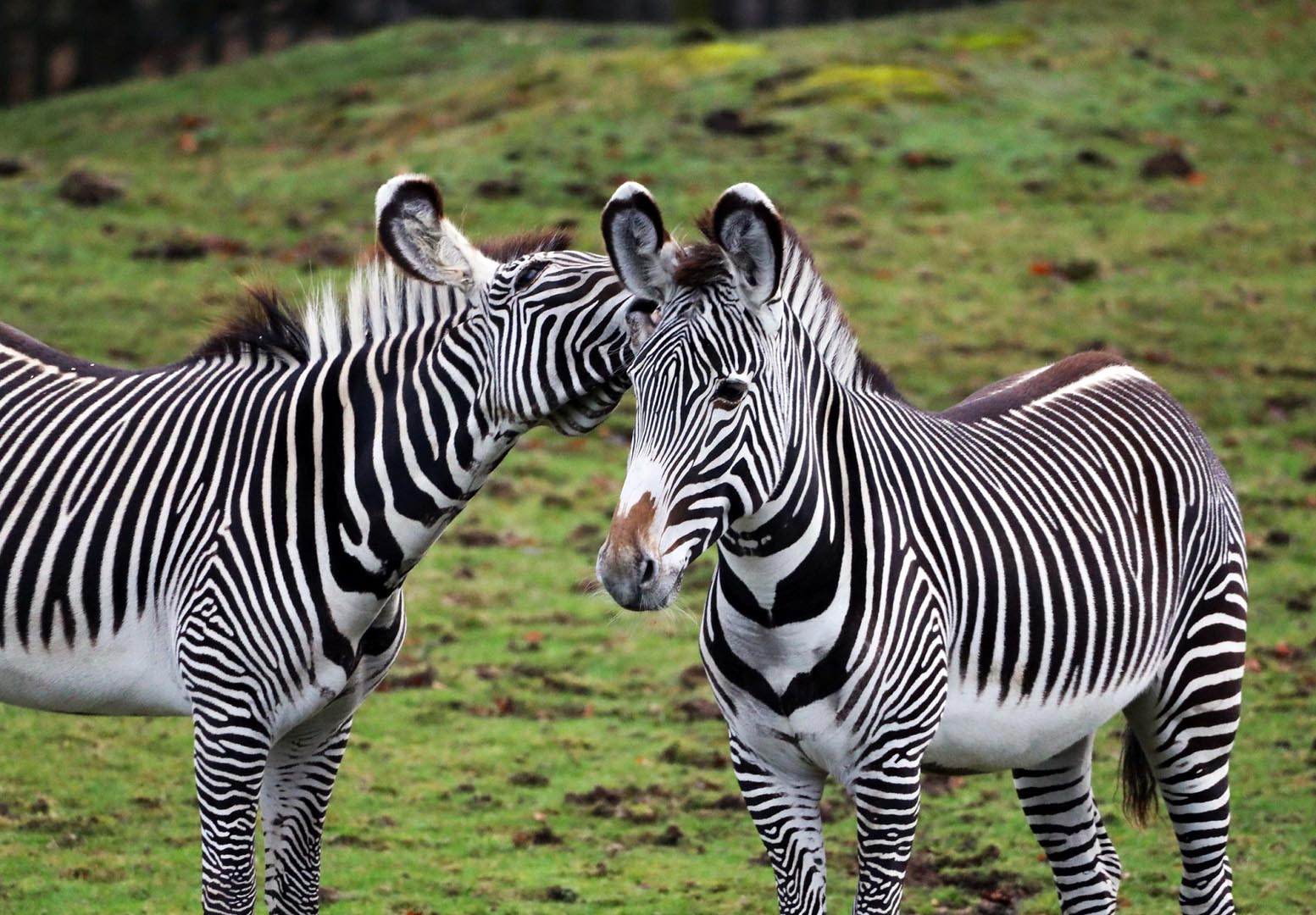
Connect your business to nature
You can get involved in our work via corporate partnerships, corporate sponsorships, exclusive volunteering opportunities, in-kind gifts and much more. Being a corporate partner is a unique path to meeting your business and corporate social responsibility needs.

Join RZSS as a member
RZSS membership provides much more than just free entry to Edinburgh Zoo and Highland Wildlife Park. Your membership helps support our charity's conservation work around the world.

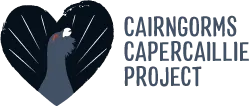
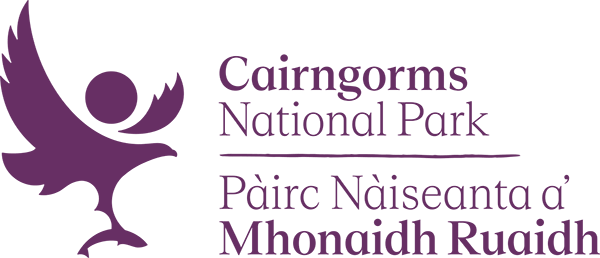
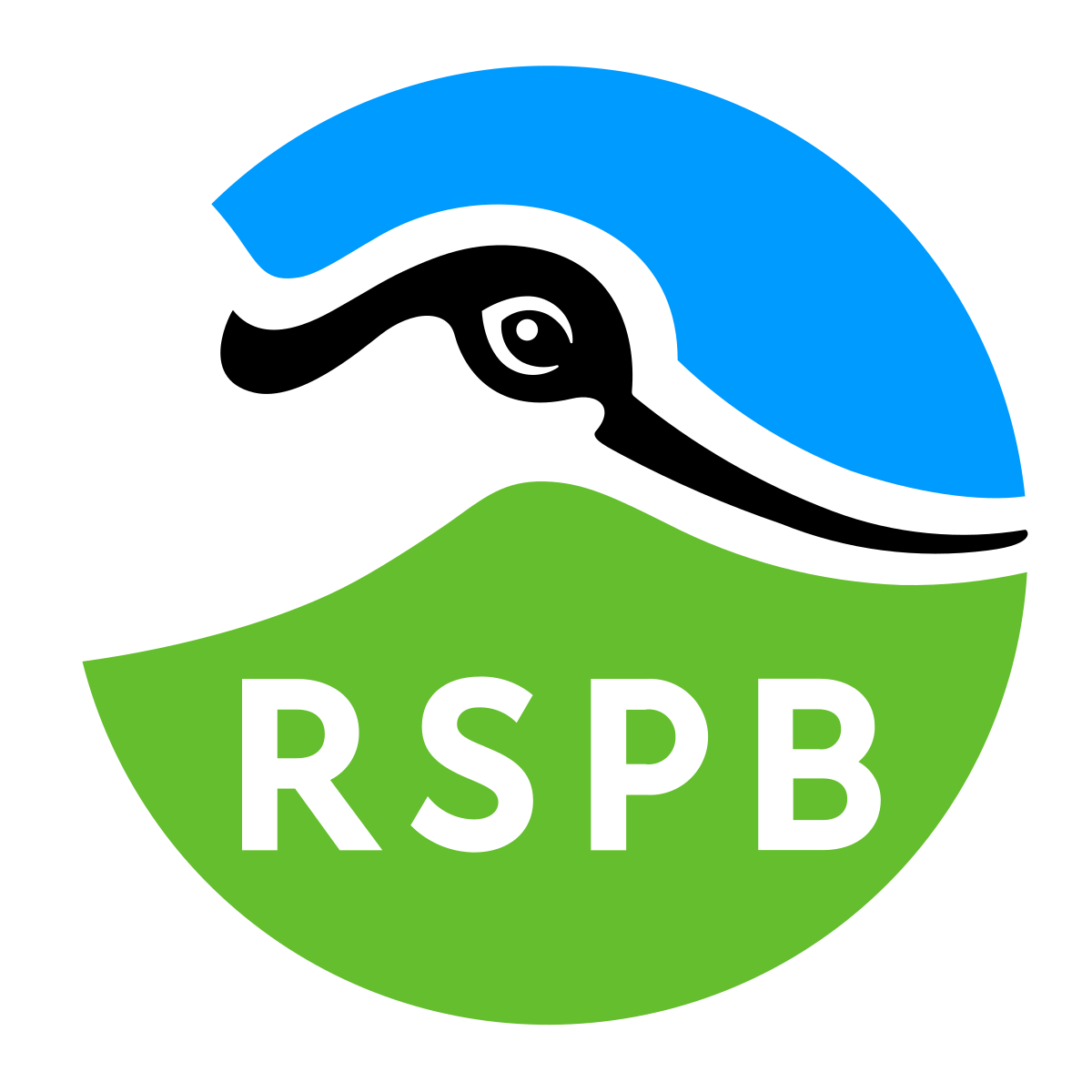


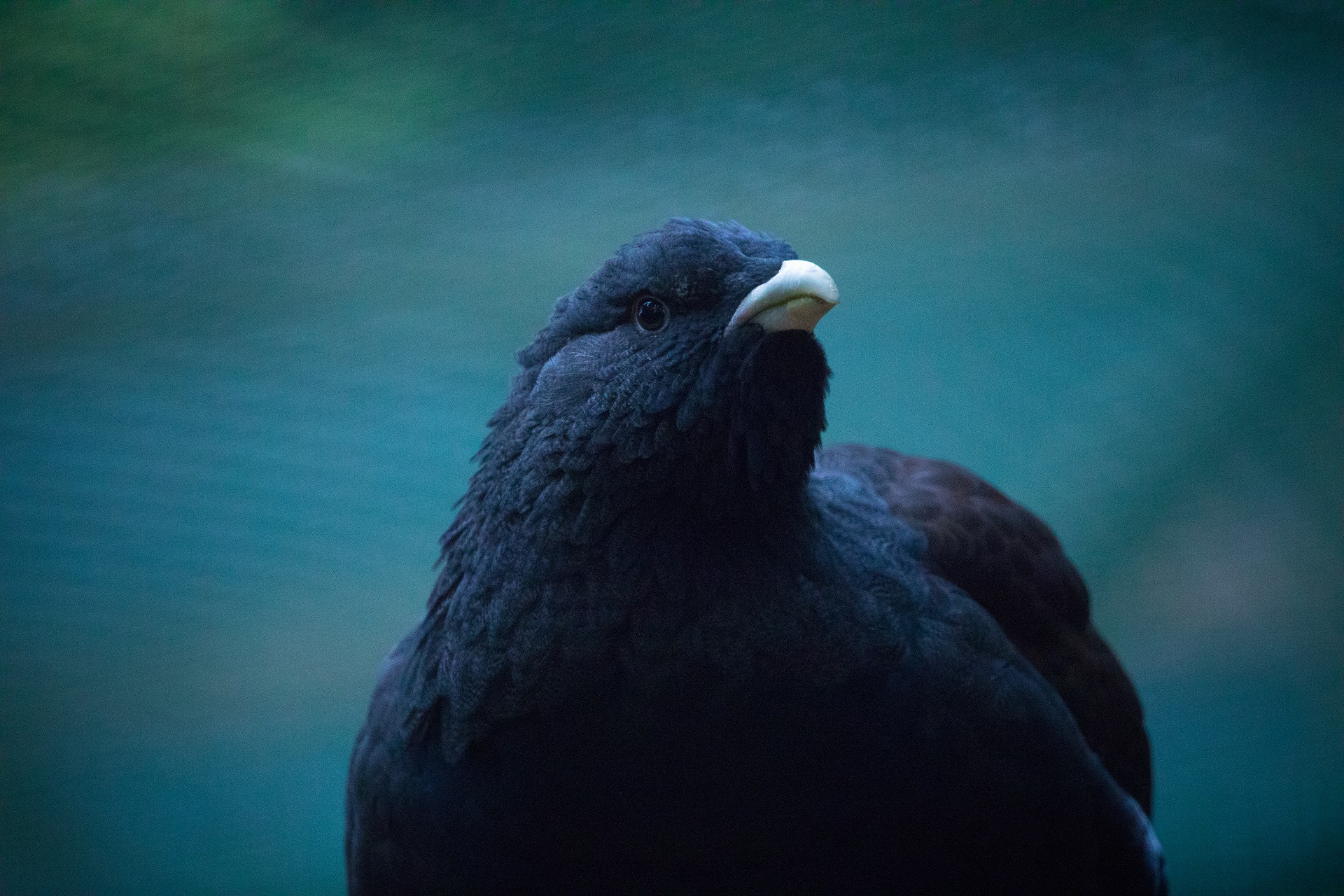

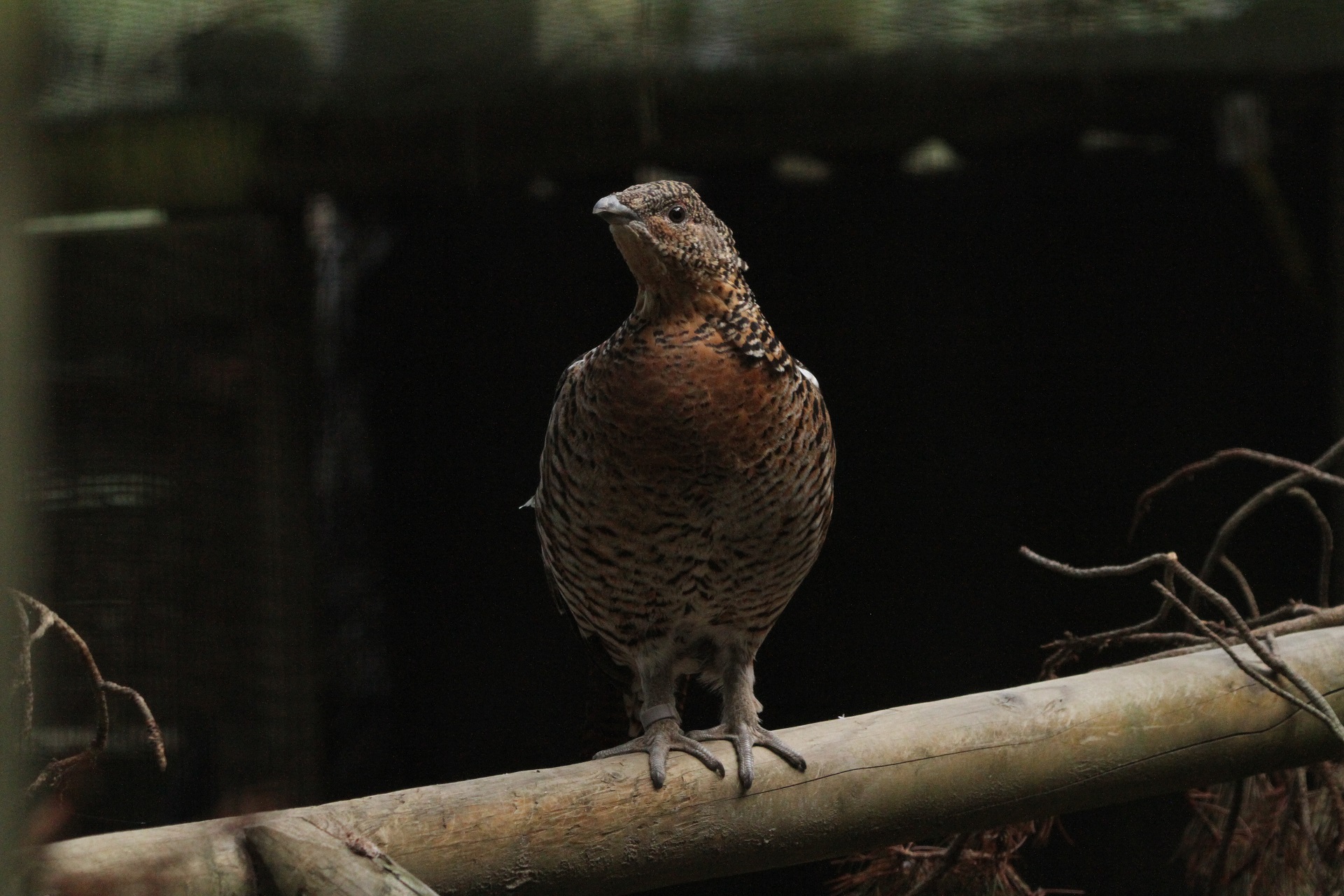

/pallascat_3_jp.jpg)
